Home Energy: These Small Changes Can Make A Huge Difference
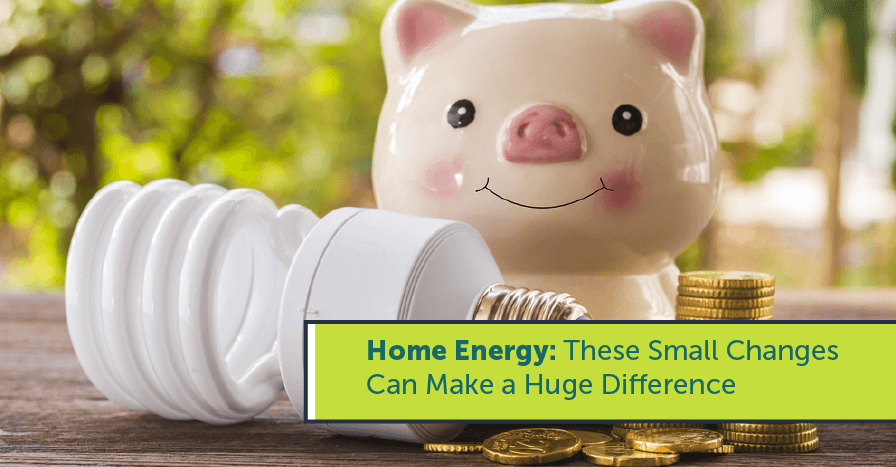
We caught-up with Chris Perry to discuss strategies on energy-saving and home upgrades…and we were not disappointed!
Many of the ways we can save energy in the home follow a common theme in social media and other online sources. We see lighting, appliances, etc., as a common starting point. For the most part, they’re right. However, after reading many of the blogs out there, we find ourselves wanting a bit more about the “why” to go along with the “how”.
Lighting:
Chris lays out the reasons in a very no-nonsense way. We start with what he called the “low-hanging fruit”, by focusing on lighting. He explains that “This isn’t super exciting, but just switching to LED’s is major, you can save 50 to 80%.” To follow-up, he emphasizes that “the numbers ALWAYS work out.”

This doesn’t even include the devices for controlling them. We’re talking about simply swapping out bulbs! We’re also talking about quality, as many no-name brands have flooded into the market. There is a strong temptation for some companies to rush lower quality products to market. Stick with the brands you know.
HVAC:
Maintenance: Being a strong advocate for preventive maintenance, Chris encourages regular service calls by reputable technicians. Simply put, he explains that if you buy an efficient air handling unit or air conditioner, “it loses efficiency if you don’t maintain and keep it up”.
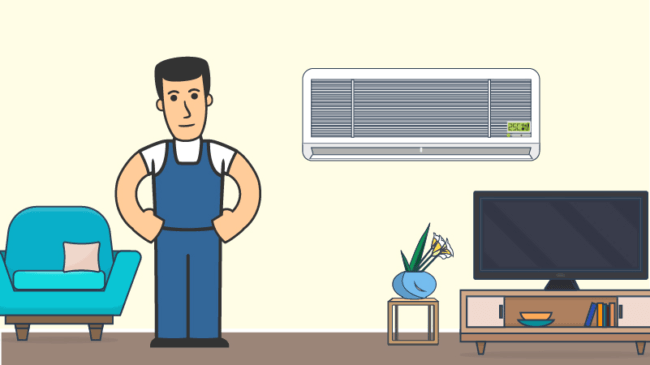
Of all the things we examine during our quest for energy savings, the most obscure is maintenance. The benefits can be difficult to track and the maintenance itself can sound obscure or cryptic to those who don’t have a technical background. The vast majority of maintenance tasks include cleaning – not so technical, right? However, oil burners may require new parts for efficient fuel delivery (for example). Nevertheless, it’s a fact that regular maintenance matters and that a reputable contractor should be in your list of contacts.
Control: After you’ve gone through the trouble of keeping everything in top shape, it makes sense to run it only at times when it’s needed. Get a programmable thermostat and teach yourself how to use it. It’s not as difficult as it may seem. Chris says “A lot of people have them, but don’t program them correctly.” When you’re not home, keep the temperature between 5 and 10 degrees below what you consider “normal”.
Being overzealous may not reap the rewards you might expect. You’ll not likely see benefits from bringing the temperature down too much, for example. Besides, you don’t really want to see your own breath when you get home from work, do you? Spending a little time experimenting will get your house dialed-in to those “Goldilocks” set points, balancing cost-savings and comfort.
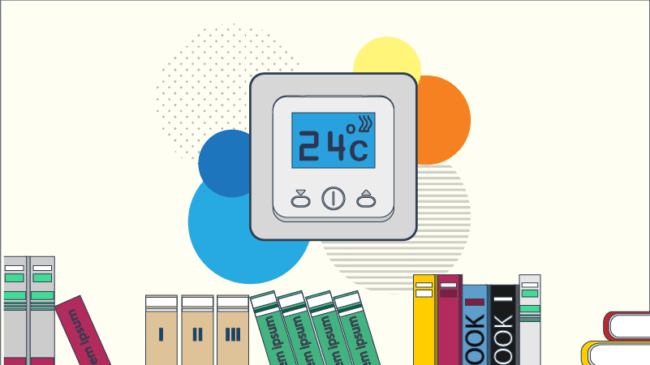
The same strategy can be applied to cooling, where you raise the setting 5 to 10 degrees above normal for times when you’re not home. Many brands of programmable thermostats accommodate both heating and cooling set points. This has clear benefits. However, it doesn’t always reap the same rewards on the cooling side. The department of energy goes into a lot of detail for those who feel a need to dig deeper.
It’s also wise to give careful consideration to what a “normal” temperature really is. Sure, many of us have friends (like expatriates from the caribbean) who describe themselves as “thin blooded”, or that they are predisposed to room temperatures which are a little higher than say, New England. If this is how you describe yourself, it might be surprising to realize how quickly you become acclimated to 68 degrees Fahrenheit – especially after seeing a difference in your bill!
Standby Power:
“We have so many devices now, that this is a huge issue…”
Nearly every electronic device in the home consumes energy, even when not in use. This includes chargers and computers which go into “sleep mode”. Chris suggests a strategy of smart power distribution to go with your smart devices, saying that “The best solution right now is smart power strips.” Some devices are smarter than others but, the basic idea is the same; shut down power when none is actually needed.
The trend with these products have shown continued technological progress along with a steady decline in cost, so keep an eye out for them. Whether it’s a $40.00 smart strip or a $5.00 surge protector, you’ll likely find the right product to serve your needs at a price that fits your budget.
Appliances:
Switching out appliances is a hot topic. Washers, Dryers, and most other products are labeled to show the customer what they can expect in terms of energy consumption. This takes a lot of the guesswork out of your next purchase.
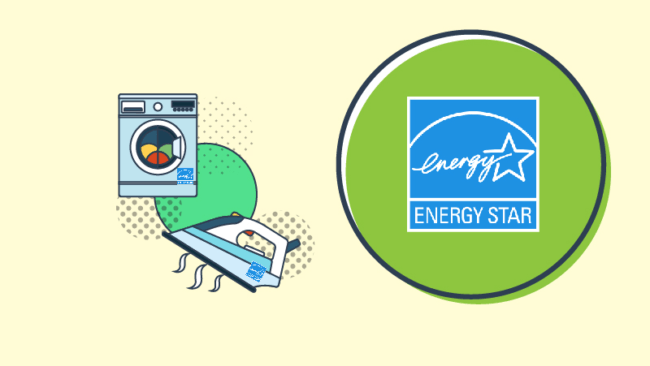
A few simple tips can go a long way to making your home more efficient and prevent you from spending money where it may not be needed, or when a purchase may be premature.
Chris agrees, new appliance may not be “low-hanging fruit”. Indeed, if your appliances are working fine, it’s probably not a good time to switch them out in the first place.
His philosophy is simple. When it comes time to replacing them, go the extra mile and look for the Energy Star sticker. He also encourages people to become familiar with the energy consumption of each appliance.
Water heaters are a slightly different matter, since they are appliances which provide hot water to other appliances in the home, not to mention sinks, showers and so on. It’s important to recognize that we’re dealing with a type of energy which is tough to keep contained until you need it. This explains the importance of appropriate layers of insulation found on high-quality water heaters.
“Water heater uses the most energy, that would be the first to switch out to energy star ones. Next, clothes dryers. Next, refrigerators.”
Heat energy is costly in comparison to the electrical energy used to run other appliances in the home, for example. It explains why there’s so much potential savings in switching them. And like other appliances, efficient water heaters will include labels like “Energy Star”, so you know what you’re looking at.
Vigilance:
“Increasing awareness of what you’re using helps to save energy instead of just shooting in the dark.”
Track your monthly consumption. This closes the loop, tying your efforts to feedback which tells you if those efforts are working. It also exposes possible vulnerabilities. One useful tool is the “Energy Star Portfolio manager”. As Chris explains, you input characteristics to your house, and “they use data from all over the US to compare your house energy consumption with other homes.”
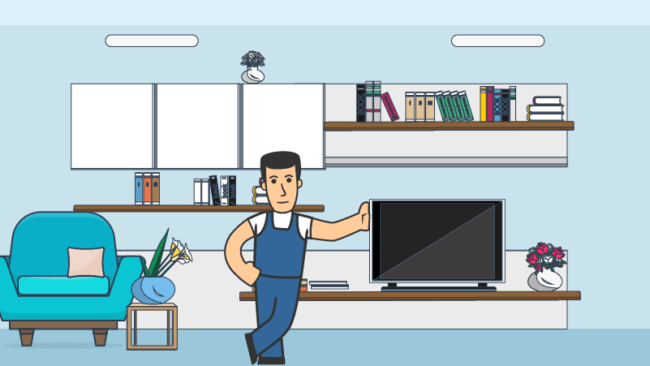
If you follow these 5 steps to reducing energy consumption, you will find yourself not just reducing your utility bills, but conserving energy and improving your impact on the environment. A few small changes can make a HUGE difference, especially simple changes that don’t take much of an investment of time or energy.


